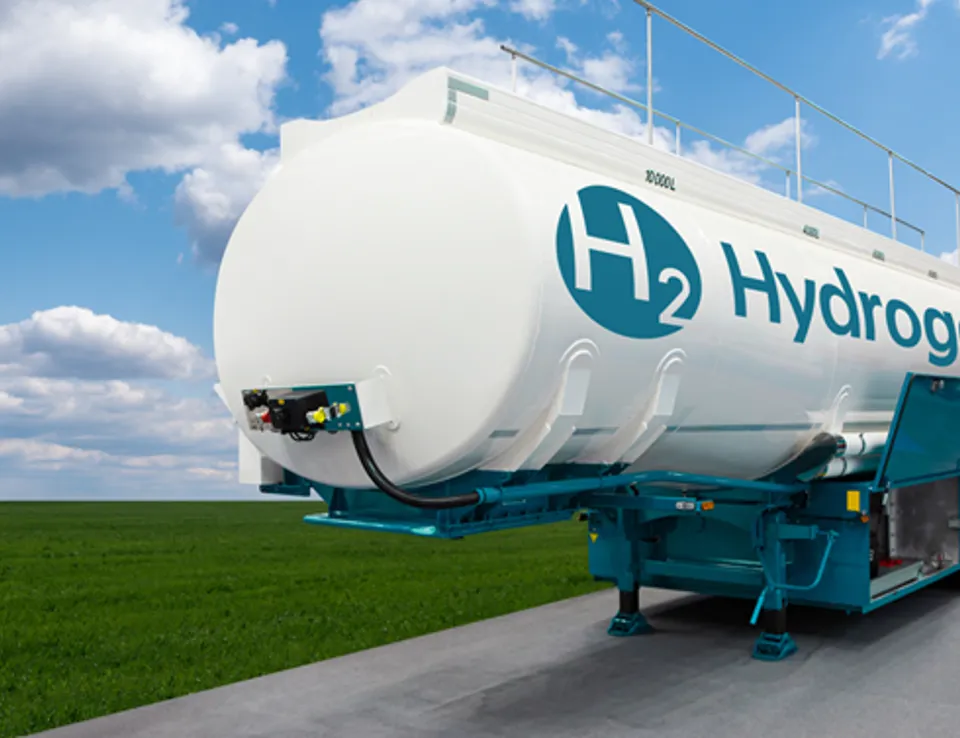Hydrogen adoption: analysis for safety and resilience
As we move to adopt alternative and sustainable fuels, safety is paramount. Hydrogen’s unique properties contribute to its safety challenges, particularly when considering it as a fuel source. From its lack of colour and odor, through to its proficiency to escape from storage containers, combined with its rapid rate of expansion and diffusion – there are a number of extremely high-risk factors that must be mitigated against when looking to adopt Hydrogen as a fuel. The innate properties of hydrogen mean that it requires specialized storage, handling and detection equipment to ensure safe use.
Predictable behaviours
Detection of H2 along with ventilation and inerting of H2 facilities can be understood and fundamentally improved by use of Computational Fluid Dynamics (CFD) methods, looking at H2 leakage and ventilation air flow. Computational Fluid Dynamics (CFD) methods analyse and simulate liquid or gas flows, heat transfer, and related physical behaviours, and are commonly used in engineering fields to study fluids in motion or under various forces. This enables areas with low ventilation flow at risk of H2 concentration build-up to be identified and ventilation system improvements to be made.
Scenario planning
Accurate modelling of hydrogen explosion is key to predicting the extent and intensity of damage. Advanced CFD methods model the phenomena occurring during H2 gas explosions and capture the impact of factors contributing to transition from deflagration to detonation. Temperature and pressure levels as well as pressure wave propagation through the facility are predicted to understand the extent of the safety risk to people and facilities in the surrounding area.
 |
 |
 |
H2 pipes and ducts must also be assessed for any leakage potential, with a view to minimising any risk. Running CFD simulations can support the design and filling process of inerted double-walled pipes for H2 supply, to ensure non-explosive gases are present in the system.

Calculated thermal and pressure loads can be assessed, with improvements made to increase the resilience of any components exposed to potential explosion scenarios. Combine this with shock and vibration analysis, and organisations can ensure the H2 system is designed for maximum resilience, preventing almost any event of a release.
Preparation is key
By modelling the expected behaviours of Hydrogen in the test cell or engine room environment, organisations looking to adopt or adapt to the use of the fuel can do so safely, with the appropriate mitigation, extraction and recovery plans in place.
Despite these risks, ongoing research and development are leading to safer and more efficient ways to handle and use hydrogen, with technologies like advanced sensors, stronger materials, and better containment methods improving hydrogen safety in practical applications. Ensuring resilience against any potential hydrogen release or explosion is therefore a necessity in the case of test cells or engine rooms of ships and vessels.
Support for your business
Ricardo has successfully installed a Hydrogen supply at our fuel-cell testing centre based in Shoreham, UK. A project which saw our in-house hydrogen experts apply their experience and expertise to enable the site to safely operate H2 engine and fuel-cell testing.
If you’re considering the feasibility of hydrogen as a fuel to decarbonise your operations, our team of experts can support and guide you through the process – from concept to completion.
Contact our experts today >
Incident response
Emergency response training for hydrogen and alternative fuel substances is essential for all parties working with alternative and sustainable fuels. Our in-house chemical safety training team delivered hydrogen safety training to all those working in proximity to our hydrogen test centre. The training included controlled release exercises to demonstrate how hydrogen incidents may take place, what to look for, and how to elicit a safe, effective initial response to the incident.
Learn more about safety training >









